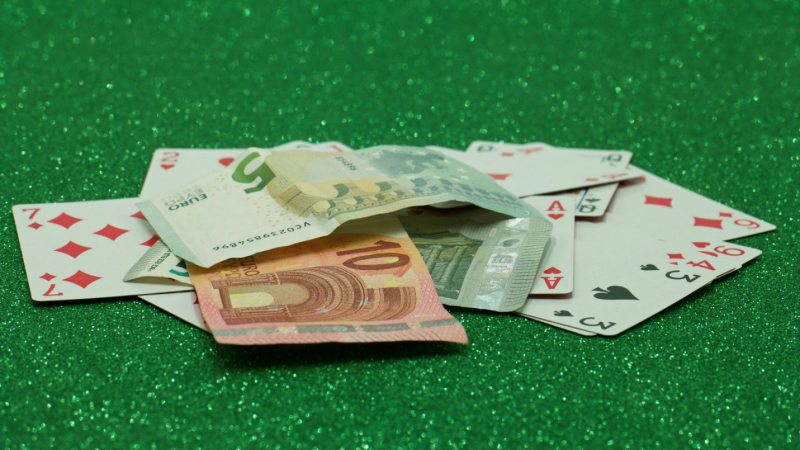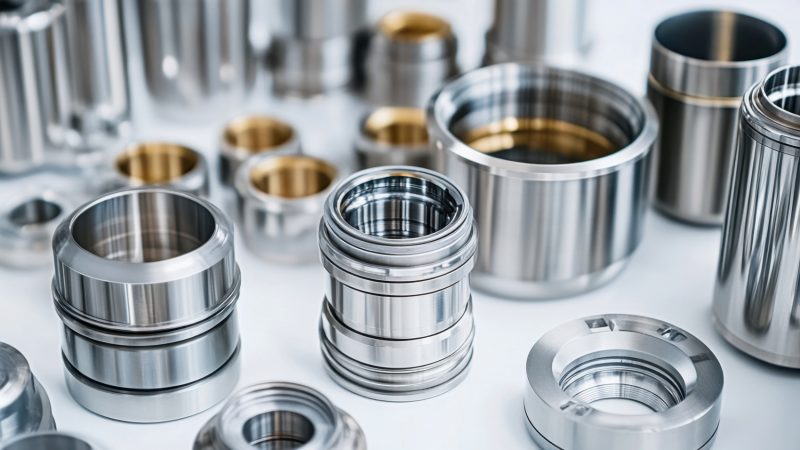Key Elements Of Good Graphic Designing
Graphic designing is the art of blending text, photographs, and ideas to bring out work appealing to the viewer and conveying a particular message or information. Graphic designers are known for constantly striving to enhance their work. Therefore, they have developed numerous strategies to ensure the success of their work by keeping it coordinated.
Hence, some of the critical elements of graphic designing function as a foundation for each work project. These elements include shape, line, color, size, texture, value, and space.
Therefore, to help you understand better, let us look at each of these elements one at a time.
- Shape
There are three primary types of shapes, including Geometric (square, circles, triangles, and more), Natural (trees, people, leaves, and more), and lastly, Abstract (fonts, icons, and graphical representations).
These shapes add volume to different forms within a design. One can compile different shapes together while maintaining perfect placement so that the final piece of design looks appealing to the viewer.
2. Lines
Lines are nothing but a bunch of points joined together to indicate movement in a particular direction, describe forms, coordinate details, express emotions based on the form, meaning, weight, and duration.
Designers can choose from different types of lines such as diagonal, vertical, and longitudinal. Graphic designers can use these lines in numerous ways to bring out the best in their work.
- Color
Colors can be found everywhere, not just on our computer screens but also in nature. Graphic designers use color to unify branding, define significance, create graphic interest, and even express and generate emotions.
Furthermore, colors are the most powerful tool for any graphic designer as they can use them to build appeal, convey a message, create interest, and establish mood in any graphic design website.
- Size
Size plays a crucial role in the entire layout of graphic design as it can be used to draw attention to some of the essential parts of the design.
Everybody is kind of programmed to notice the larger size first, which proves that different sizes in graphic designs can create a hierarchy of dominance in the viewer’s eyes.
- Texture
The texture is used to create an illusion on a surface that is neither smooth nor flat. One can use texture to add visual interest and depth to the graphic design. Textures in graphic designs can take the form of progression or layers of lines, texts, and shapes that can be used to form a pattern within the design layout.
- Value
Value refers to the dimness or brightness of colors. More precisely, value can be used to define the texture and shape of a design element in a monochromatic picture. Graphic designers use value to bring an element into focus or portray the illusion of movement.
- Space
Space is the area that separates one element of design from the other, which is why it is considered to be an integral part of any good graphic design. A graphic designer must be well-versed in the art of using space effectively to define significance and shift the focus of the viewer.
Conclusion
These are some of the most essential and basic elements of graphic designing, as these act as guidelines for anyone pursuing graphic designing. If you are interested to learn more about graphic designing, make sure to visit our graphic design website and get access to some top-notch materials





